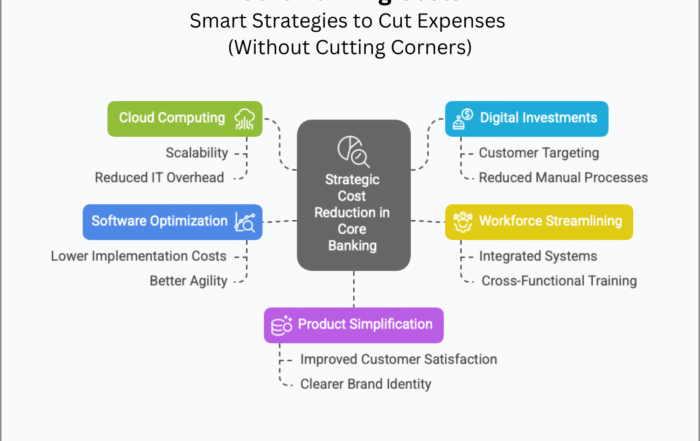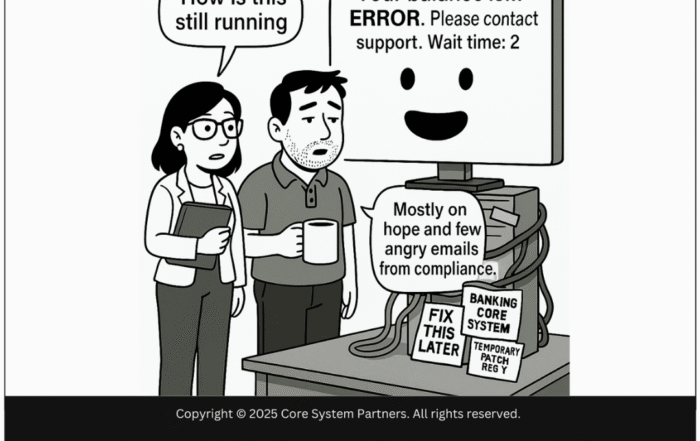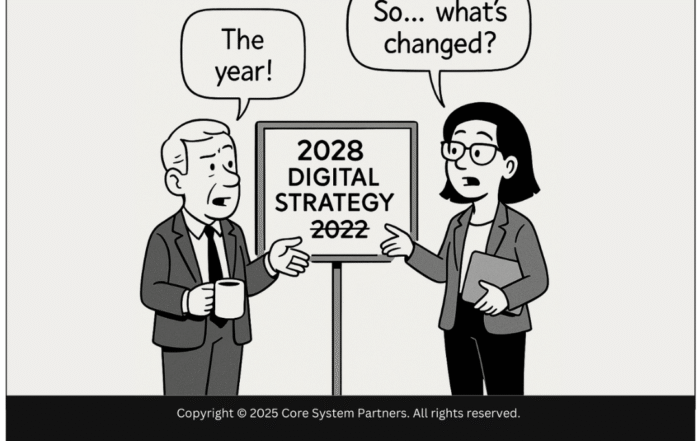Vol 7 / 10

A core banking system is the heart of a bank’s operations, serving as a product factory with essential functions such as account management, transactions, and reporting. Changing this system is a significant undertaking with far-reaching implications for the bank and its stakeholders. This process involves substantial changes to processes, procedures, and technologies and requires coordination among multiple teams and stakeholders.
Typically, transformation projects are large-scale initiatives aimed at fundamentally changing or improving an organization. They involve significant modifications to processes, systems, and technologies. In the case of a core banking transformation, the objective is to modernize and digitize the bank’s core systems and processes, which can profoundly impact the bank’s operations and its ability to meet customers’ evolving needs. Due to the complexity and scope, such an endeavor is often considered a transformation project rather than just a regular project.
However, treating a core banking transformation as a project instead of a transformation can be advantageous. Viewing it as a project emphasizes a structured approach with clear objectives, timelines, and deliverables. This perspective can help manage the complexity by breaking down the transformation into manageable tasks, ensuring each phase is thoroughly planned and executed.
Transformation projects are typically long-term endeavors requiring careful planning, preparation, and execution. They involve a wide range of stakeholders, including customers, employees, regulators, and technology vendors, necessitating effective communication and collaboration. These projects also demand significant resources, such as funding, personnel, and technology, and may involve complex technical challenges and risks.
By treating a core banking transformation as a project, banks can apply project management principles to ensure a more organized and controlled approach. This includes defining the project scope, setting realistic timelines, allocating resources efficiently, and continuously monitoring progress. Additionally, this approach allows for the identification and mitigation of risks early in the process, ensuring smoother execution and better outcomes.
Overall, a core banking transformation is a complex and multifaceted initiative requiring a focused and coordinated effort to succeed. Treating it as a project rather than a broad transformation can provide the structure and discipline needed to manage this complexity effectively. This method has the potential to fundamentally change and improve a bank’s operations, positioning it to better serve its customers and compete in the modern banking landscape.
If you would like to see the full list of Why Core Banking Transformations Often Fail click the link.
Found this article interesting? Check out these three related reads for more.
- Why Core Banking Transformations Often Fail
- Series (6/10): Why core banking transformations often fail – Lack of Experience
- 10 reasons why core banking transformations are not just IT projects
#CoreBankingTransformation #TransformationVsProject





